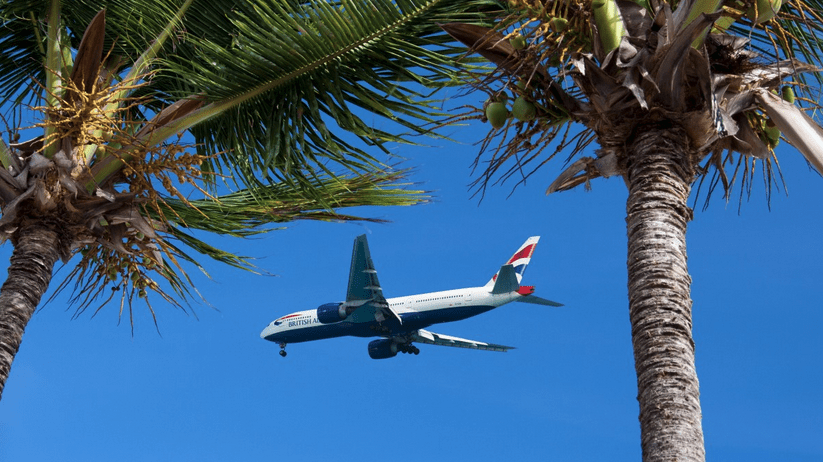Along with cancelled flights, lost luggage, broken wheelchairs, and the list goes on and on, a big complaint about airlines is when flights are delayed.
The problem had been particularly persistent in Florida. The state has had a steady uptick of incoming and outgoing flights since the pandemic started waning. A lack of air traffic control workers has also caused a slowdown. Plus, despite our nickname of The Sunshine State, once the summer weather patterns start, we have near-monsoons for about 15-20 minutes nearly every afternoon (here’s why that happens). Plus we have the added issue of Cape Canaveral being on the east coast, right smack dab in the middle of the state – and when there’s a rocket launch (there have been more and more of those since 2020), a chunk of the state becomes a temporary no-fly zone.
Back in May, the FAA said they would look into the things (that they could control; you can’t control the weather!), to help make it better for flights into Florida; especially the flights to MCO and TPA, since the arrival routes to those airports were the most impacted by the closed airspace. Apparently it’s working.
The FAA decided that existing airspace restrictions for most Florida launches were bigger than they needed to be, so they reduced them. And with that, BOOM, delays due to launches were decreased to (wait for it…) zero.
From the FAA:
Before
Busy route from the northeast U.S. to central Florida closes during all space launches.
Flights were re-routed to other busy routes resulting in arrival delays.
For a Typical Launch:
- Up to 36 flights re-routed
- Up to 4,300 passengers affected
- Up to 300 minutes of delay
- Up to 1,500 extra miles flown
Busy route from the northeast U.S. to central Florida remains open during most space launches.
Flights remain on efficient routes, avoiding additional delays.
For a Typical Launch:
- NO flights re-routed
- NO impact to passengers
- NO delays
- NO extra miles flown
According to the FAA, before making the closed airspace smaller, up to 36 flights were rerouted to congested overland routes during typical launches. That slowed up to 4,300 passengers and resulted in upwards of 300 minutes of delay and 1,500 extra miles flown. These flightsnow remain on their most optimal and efficient routes on a more frequent basis. For 10 of the 12 launches that have occurred to date since the change took effect in April, no flights on this route were rerouted.
Well, hallelujah!
Want to comment on this post? Great! Read this first to help ensure it gets approved.
Want to sponsor a post, write something for Your Mileage May Vary, or put ads on our site? Click here for more info.
Like this post? Please share it! We have plenty more just like it and would love it if you decided to hang around and sign up to get emailed notifications of when we post.
Whether you’ve read our articles before or this is the first time you’re stopping by, we’re really glad you’re here and hope you come back to visit again!
This post first appeared on Your Mileage May Vary
Join our mailing list to receive the latest news and updates from our team.

